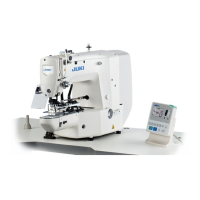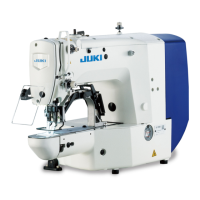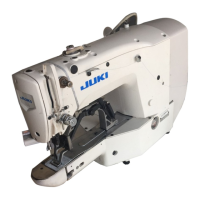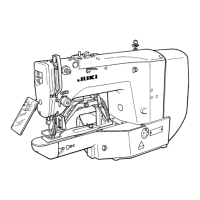
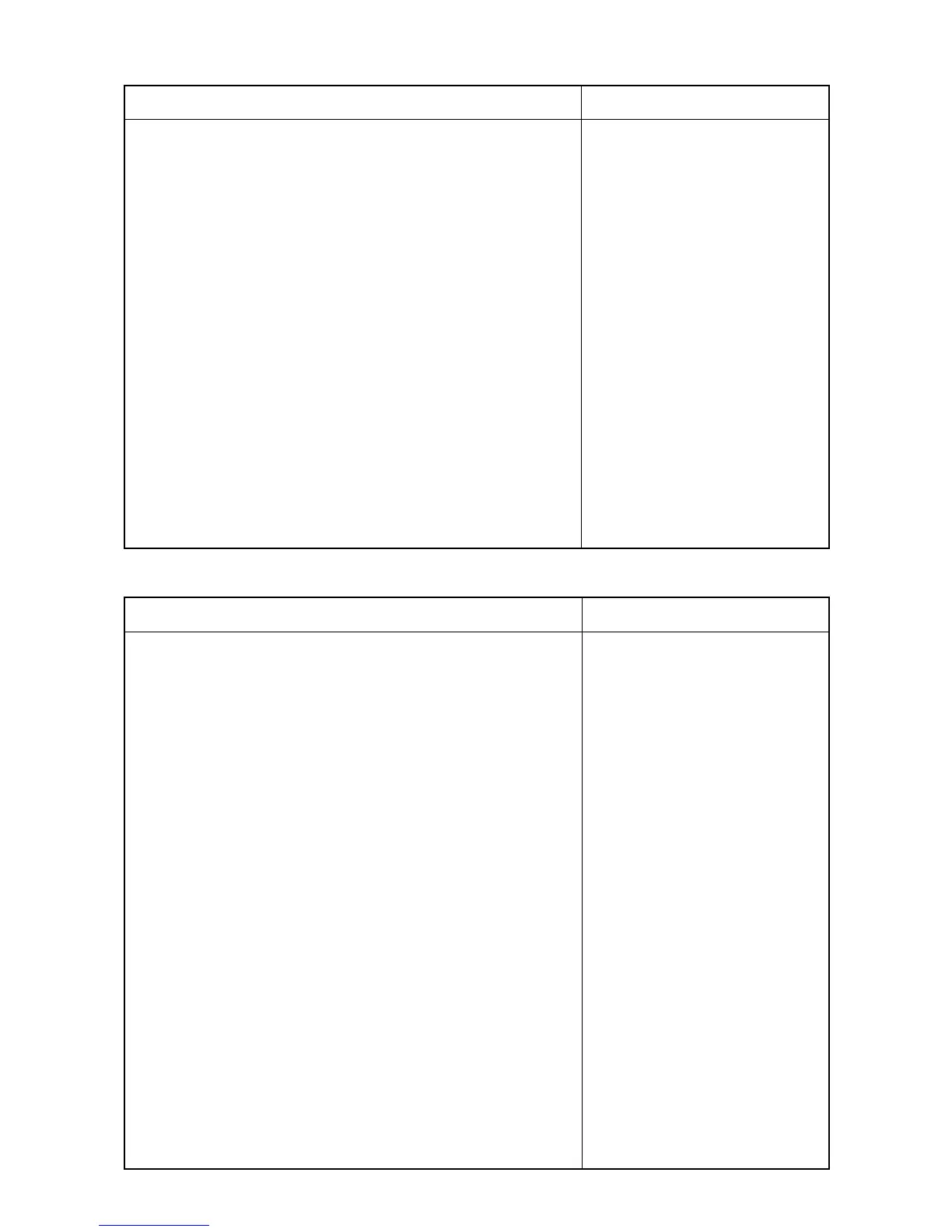 Loading...
Loading...
Do you have a question about the JUKI LK-1900AN and is the answer not in the manual?
| Stitch Type | Lockstitch |
|---|---|
| Motor Power | 550 W |
| Type | Lockstitch sewing machine |
| Stitch Length | Max. 5mm |
| Needle Type | DPx5 |
| Hook | Full rotary hook |
| Presser Foot Lift | 13 mm |
Defines DANGER, WARNING, CAUTION levels for risk indications.
Explains various warning labels and pictorial indications used in the manual.
Covers basic precautions, safety devices, application limits, and operator training.
Guidelines for safe practices while the machine is operating.
Covers main shaft connection, wheel position, motor, and coupling adjustments.
Details adjustments for crank rod, balancer, lower shaft, oscillator, and hook oil.
Covers adjustments for shuttle, needle bar, hook, trimmer, sensors, knives, tension, and AT unit.
Adjustments for mechanical origin, sensors, motors, and wiper systems.
Covers bobbin winder, shuttle spring, felt, hook presser, take-up spring, and needle clamp.
Procedures for disassembling the needle thread clamp device.
Standard adjustment for the needle thread clamp sensor.
Standard adjustment for needle thread clamp notch R and F positions.
Instructions on how to start and select test modes on the machine.
Details procedures for greasing specific positions, including error code E220/E221.
Lists mechanical troubles, their causes, and corrective measures.
Covers issues with sewing conditions, thread breakage, trimming, and stitch quality.
Lists troubles related to thread breakage, causes, and corrective measures.
Lists troubles related to defective thread trimming, causes, and corrective measures.
Lists troubles related to poorly tense stitches, causes, and corrective measures.
Lists troubles related to synthetic thread stitches, causes, and corrective measures.
Lists electrical component troubles, causes, and corrective measures.
Continues listing electrical component troubles, causes, and corrective measures.




